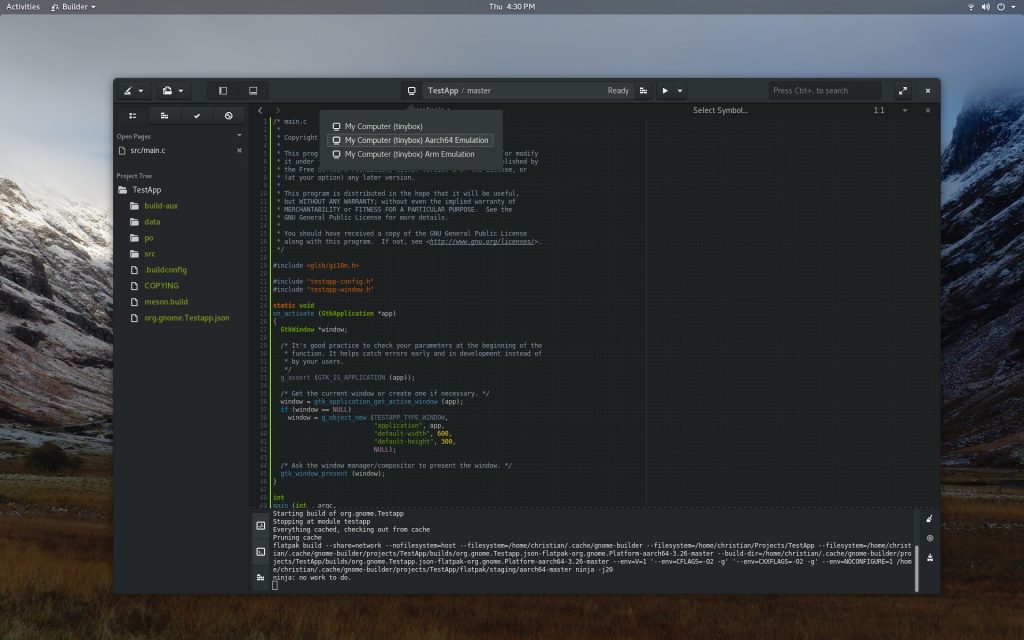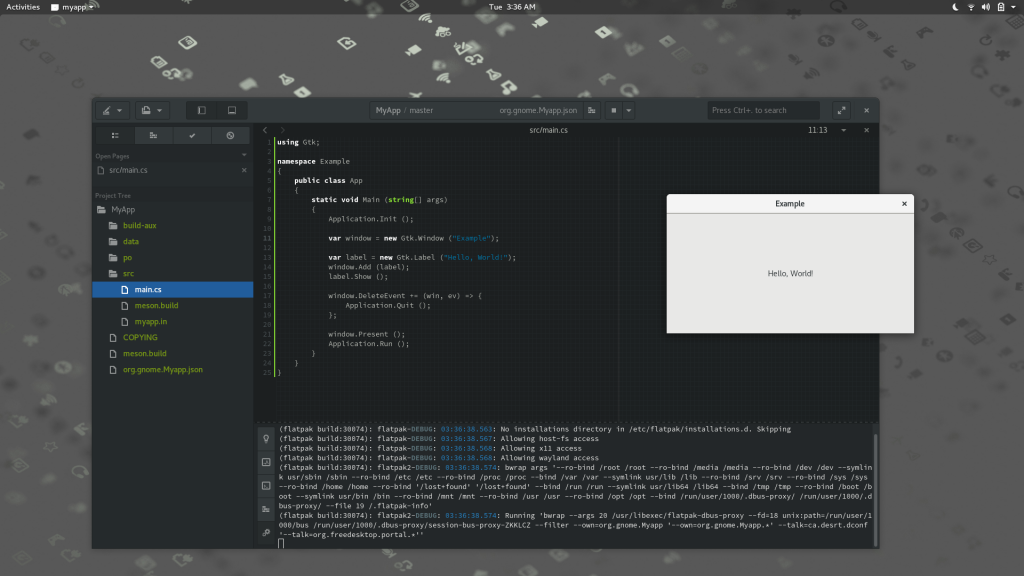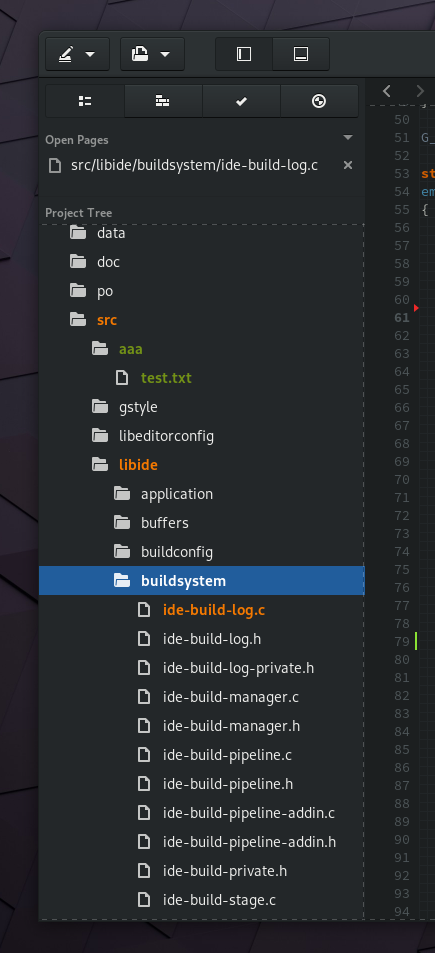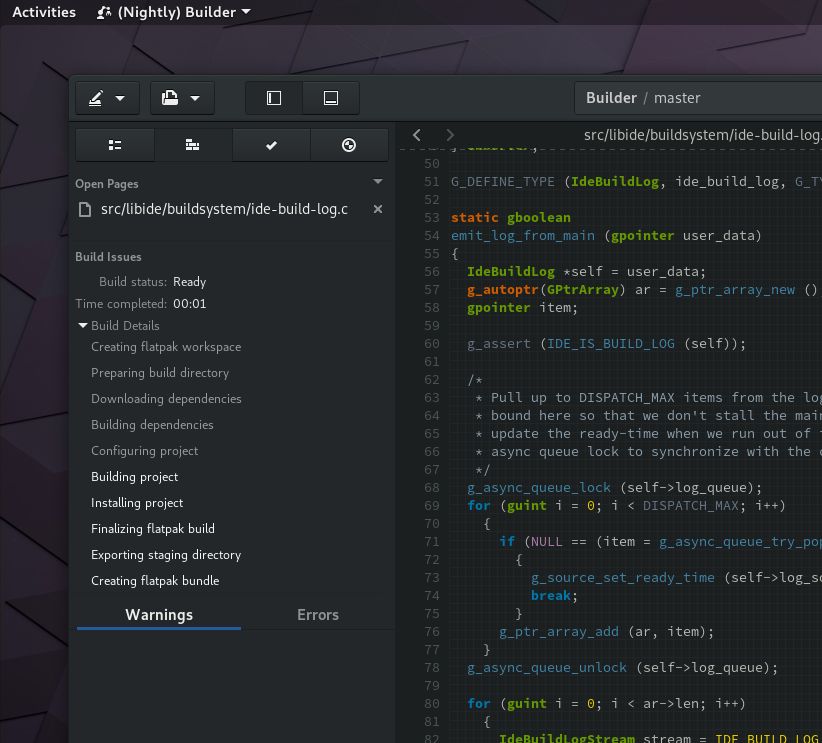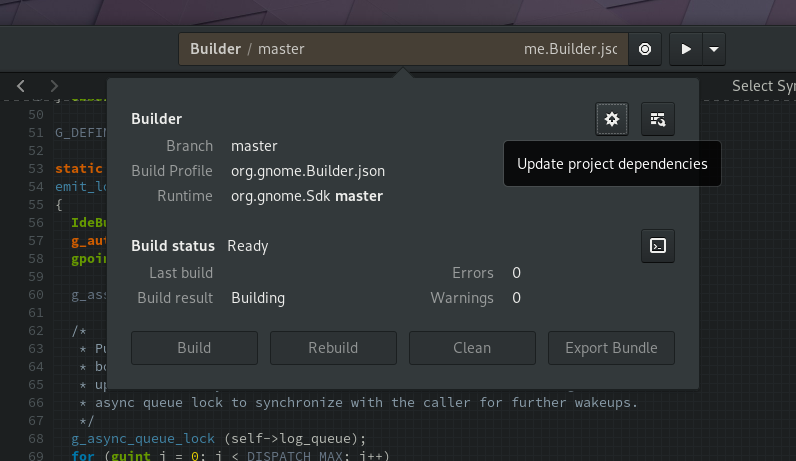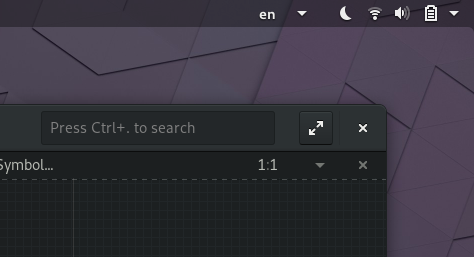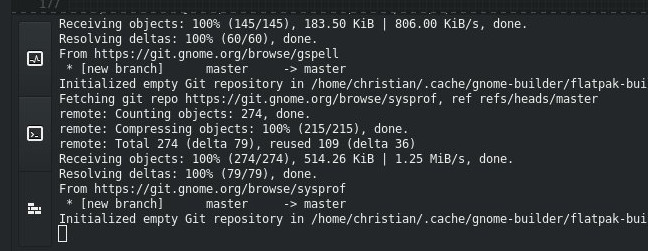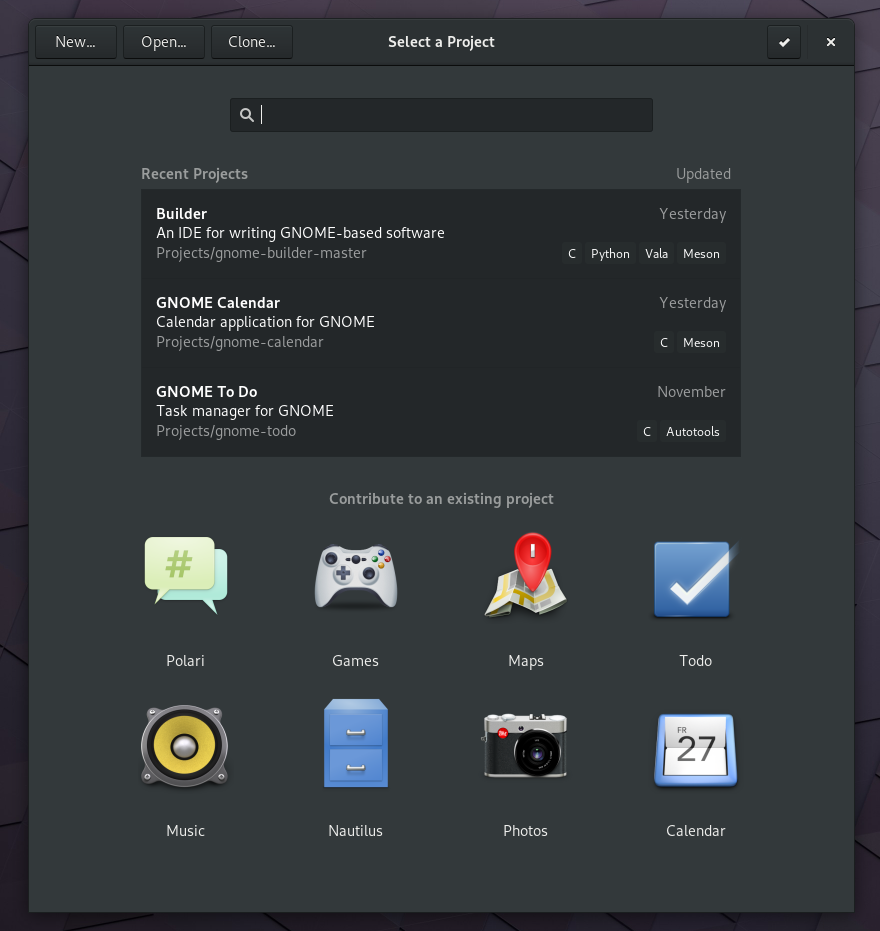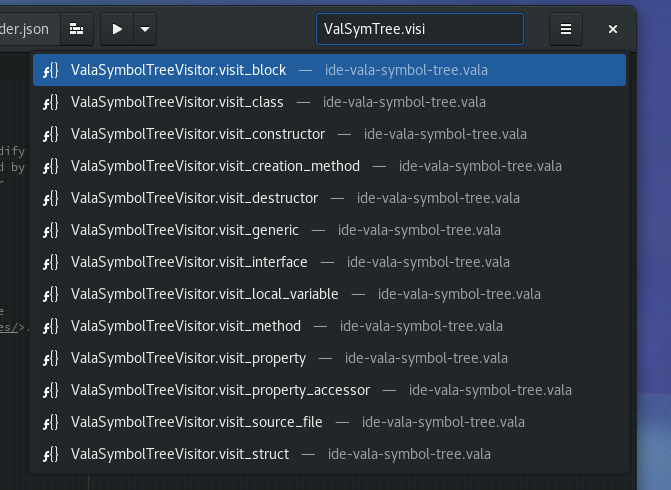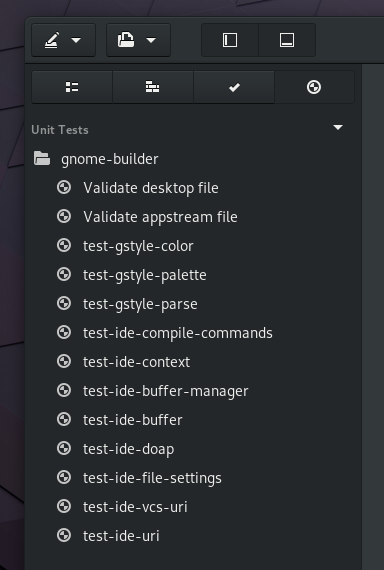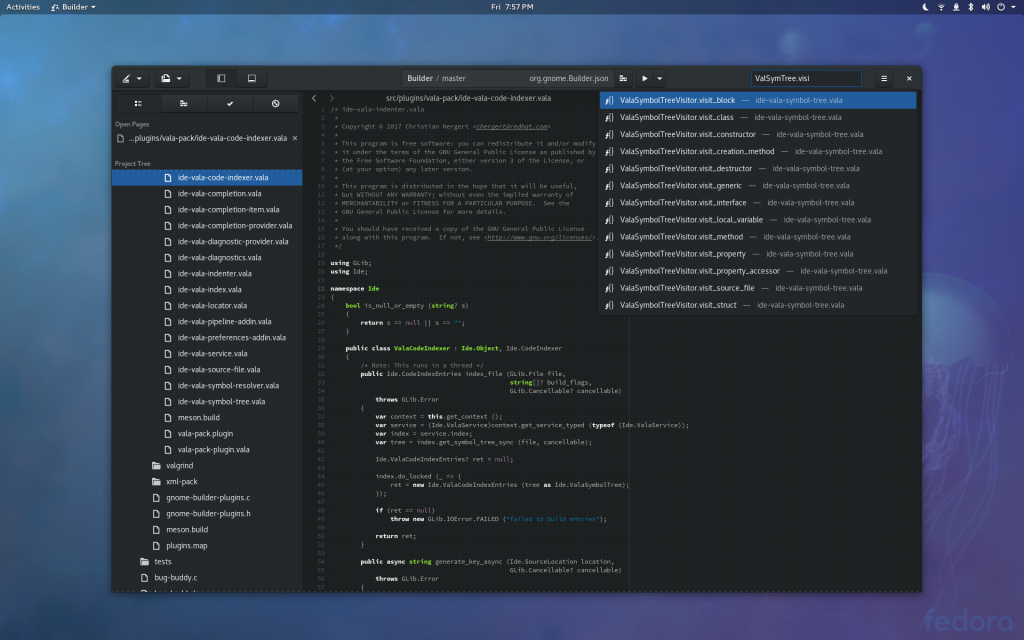Another year of GNOME development is coming to a close so it’s time to look back as we forge into 2018. This is going to be more verbose than I generally write. I hope you’ll have a warm drink and take the time to read through because I think this is important.
Twenty years of GNOME is a monumental achievement. We know so much more about software development than we did when we started. We regularly identify major shortcomings and try to address them. That is a part of our shared culture I enjoy greatly.
GNOME contributors have a wide variety of interests and direction when it comes to a computer’s role in our lives. That naturally creates an ever-expanding set of goals. As our goals expand we must become more organized if our quality is to maintain or improve.
Traditionally, we have a very loosely organized project. People spend their time on things that interest them, which does not put the focus on the end product. I intend to convince you that is now holding us back. We’re successful not because of our engineering focus but despite it. This results in overworking our contributors and we can do better.
Those that have not worked in larger engineering companies may be less familiar with some of the types of roles there are in software development. So let’s take a moment to describe these roles so everyone is on the same page.
Programmers are responsible for the maintenance of the code-base and implementing new features. All of us familiar with this role in GNOME because it’s what a large number of our contributors do.
Designers are responsible for thinking through the current and planned features to find improved ways for users to solve their problems.
Graphic Designers can often overlap with Design, but not necessarily. They’re responsible for creating the artwork used in the given project.
Quality Assurance ensures that you don’t ship a product that is broken. You don’t wait until the freezes to do this, but do it as features are developed so that the code is fresh in the programmers minds while addressing the issues. The sooner you catch issues, the less likely a code or design failure reaches users.
User Support is your front-line defense to triage incoming issues by your users. Without users your project is meaningless. Finding good people for this role can have a huge impact on keeping your users happy and your developers less stressed. If your bug tracker is also your user support, you might want to ask yourself if you really have user support. When you have a separate support system and bug-tracker, user support is responsible for converting user issues into detailed bug reports.
Security Engineers look for trust, privacy, and other safety issues in products and infrastructure. They take responsibility to ensure issues are fixed in a timely manner and work with others when planning features to help prevent issues in the first place.
User and Developer Advocates are liaisons between your team and the people using (or developing third-party tools with) your product. They amplify the voices of those speaking important truths.
User Testing is responsible for putting your product in-front of users and seeing how well they can perform the given tasks. Designers use this information to refine and alter designs.
Tech writers are responsible for writing technical documentation and help guides. They also help refine programmer authored API documentation. This role often fulfills the editor role to ensure a unified voice to your project’s written word.
Build engineers ensure that your product can be packaged, built reliably, and distributed to users.
Operations and “DevOps” ensure that your product is working day-to-day. They provide and facilitate the tooling that these roles need to do their jobs well.
Internationalization and localization ensure that your software is available to a group of users who might otherwise not be able to use your software. It enables your software to have global impact.
Release management is your final check-point for determining when and what you release based on the goals of the project. They don’t necessarily determine road-maps, but they do keep you honest.
Product managers are responsible for taking information and feedback from all these roles and converting that into a coherent project direction and forward looking vision. They analyze common issues, bug velocity, and features to ensure reasonable milestones that keeps the product functional as it transforms into it’s more ideal state. Most importantly, this role is leadership.
There are other roles involved in the GNOME project. If I didn’t include your role here, it is by no means of any lesser value.
For the past 3 years I’ve been working very hard because I fulfill a number of these roles for Builder. It’s exhausting and unsustainable. It contributes to burnout and hostile communication by putting too much responsibility on too few people’s shoulders.
I believe that communication breakdown is a symptom of a greater problem, not the problem itself.
To improve the situation, we need to encourage more people to join us in non-programming roles. That doesn’t mean that you can’t program, but simply a recognition that these other roles are critical to a functioning and comprehensive software project.
There are a few strategies used by companies with how to structure teams. But they can be generalized into three forms, as follows.
Teams based on product contain the aforementioned roles, but are assembled in a tight-knit group where people are focused on a single product. This model can excel at ensuring all of the members are focused on a single vision.
Teams based on role contain the aforementioned roles, but are assembled by the role. Members of the team work on different projects. This model can accel in cross-training newer team members.
A hybrid approach tries to balance the strengths of both team-based and role-based so that your team members get long-term mentorship but stick around in a project long enough to benefit from contextual knowledge.
To some degree we have teams based on role even though it’s very informal. I think we could really gain from increasing our contributors in these roles and taking a hybrid approach. For the hybrid approach to work, there needs to be strong mentor-ship for each role.
My current opinion is that with a strong focus on individual products, we can improve our depth of quality and address many outstanding user issues.
Due to how loosely assembled our teams are I think it is very difficult for someone to join GNOME and provide one of these non-programming roles in an existing project. That is because they not only need to fulfill the role but also define what that role should be and how it would contribute to the project. Then they need to convince the existing team members it’s needed.
With stronger inclusion of these roles into our software process we can begin to think about the long-term skill development of our contributors.
A good manager shepherds their team by ensuring they refine existing skills while expanding to new areas of interest.
I want people to know that by joining GNOME they can feel assured that they will be part of something greater than themselves. They will both refine and develop new skills. In many ways, we provide an accelerator for career development. We can provide an opportunity that might otherwise be unapproachable.
If contributing to GNOME in one or more of these roles sounds interesting to you, then please come join us. We need to learn to rely on each other in new ways. For that to happen, self-organization to fulfill these roles must become a priority.
https://www.gnome.org/get-involved/
